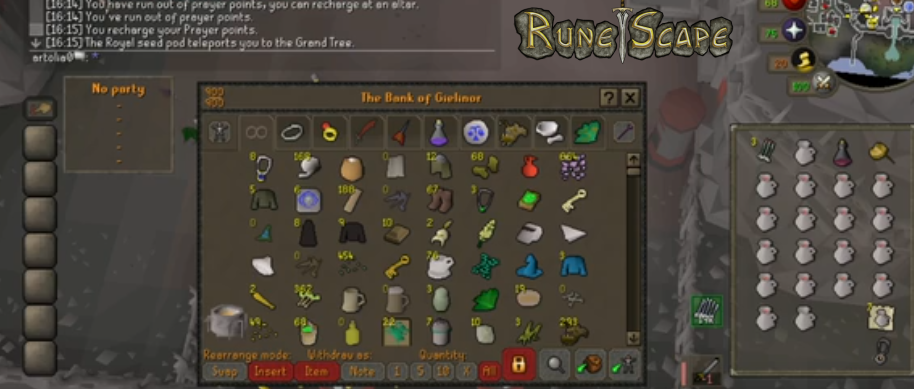Timing belt drive advantages and design step
Timing belt drive is a kind of synchronous drive, which with timing belts that have a series of evenly spaced teeth on the side circumference and pulley wheels that have corresponding grooves, it employs the positive engagement of two sets of meshing teeth when operating.
Advantages of timing belt drive:
1. Precise transmission ratio, no relative motion or slipping, constant speed ratio.
2. Smooth transmission, buffering and vibration reduction capabilities, low noise.
3. Wide transmission range, generally up tp 1:10, linear speed can reach 50m/s, transmission power from few watts to hundreds of kilowatts.
4. High transmission efficiency, generally up to 95%~99%
5. Compact structure, small tension force,
6. suitable for multi-axis transmission, large distance transmission, centre distance generally up to 10m.
7. Easy maintenance, no lubrication required, no pollution
Timing belt drive can work normally in places where pollution is not allowed and the working environment is relatively harsh, such as: mechanical manufacturing, automobiles and aircraft, semiconductor equipment, textiles industry, chemical industry, metallurgy industry, mining industry, military industry, instrument and apparatus, machine tools, agricultural machinery and other mechanical transmissions.
Design steps of timing belt drive :
1) Initial design: choose the tooth profile according to the transmission power, input speed, transmission ratio and other conditions, determine the main parameters such as centre distance and module.
2) Geometric design: Design and calculate the basic parameters of timing pulley and perform geometric calculations.
3) Strength analysis : carry out tooth contact strength and bending strength calculation and analysis.
4) If the strength analysis does not meet the requirements, it needs to be redesign.
Design and installation suggestions
There are some general guidelines which are applicable to all timing belts, including miniature and double-sided belts:
1. Drives should always be designed with ample reserve horsepower capacity. Use of overload service factors is important. Belts should be rated at only 1/15th of their respective ultimate strength.
2. Different pitch belts have the smallest recommended pulley teeth numbers,
3. The pulley diameter should never be smaller than the width of the belt.
4. Belts with Fibrex-glass fibber tension members should not be subjected to sharp bends or rough handling, since this could cause breakage of the fibbers.
5. In order to deliver the rated horsepower, a belt must have six or more teeth in mesh with the grooves of the smaller pulley.
6. Because of a slight side thrust of synchronous belts in motion, at least one pulley in the drive must be flanged. When the centre distance between the shafts is 8 or more times the diameter of the smaller pulley, or when the drive is operating on vertical shafts, both pulleys should be flanged.
7. Belt surface speed should not exceed 28 m/s for larger pitch belts and 50 m/s for mini pitch belts.
8. Belts are, in general, rated to yield a minimum of 3000 hours of useful life if all instructions are properly followed.
9. Belt drives are inherently efficient. It can be assumed that the efficiency of a synchronous belt drive is greater than 95%.
10. Belt drives are usually a source of noise. The frequency of the noise level increases proportionally with the belt speed. The higher the initial belt tension, the greater the noise level. The belt teeth entering the pulleys at high speed act as a compressor and this creates noise. Some noise is the result of a belt rubbing against the flange, which in turn may be the result of the shafts not being parallel.
11. If the drive is part of a sensitive acoustical or electronics sensing or recording device, it is recommended that the back surfaces of the belt be ground to assure absolutely uniform belt thickness.
12. For some applications, no backlash between the driving and the driven shaft is permitted. For these cases, special profile pulleys can be produced without any clearance between the belt tooth and pulley. This may shorten the belt life, but it eliminates backlash.
13. Synchronous belts are often driven by stepping motors. These drives are subjected to continuous and large accelerations and decelerations. If the belt reinforcing fibber, i.e., tension member, as well as the belt material, have high tensile strength and no elongation, the belt will not be instrumental in absorbing the shock loads. This will result in sheared belt teeth. Therefore, take this into account when the size of the smallest pulley and the materials for the belt and tension member are selected.
14. The choice of the pulley material (metal vs. plastic) is a matter of price, desired precision, inertia, colour, magnetic properties and, above all, personal preference based on experiences.




